When looking at the Hisense E7NQ PRO in everyday use, it is immediately clear that this is a television designed with a wide audience in mind. The picture, while not immediately striking, gains a lot after proper calibration. The colours then appear more natural, and the brightness at around 500 cd/m² makes it easy to comfortably watch in a sunny living room. The wide viewing angles offered by the IPS panel are an added bonus – we no longer have to fight for the best spot on the couch. Dolby Vision can enhance the overall experience, while in SDR mode the TV displays a really pleasant picture. Sports and gaming fans will find even more reasons to be satisfied here. The high refresh rate (144 Hz) ensures smooth movements of the ball across the field, and low latency, VRR, ALLM, and compatibility with G-Sync and Dolby Vision in games caters to those who value responsiveness and immersive gaming experiences. Because of all this, the E7NQ PRO becomes an interesting option for computer gamers as well. The VIDAA system works quite efficiently – there are plenty of apps available, although it lacks typical music apps like Spotify or Tidal. However, you can count on recording, AirPlay, mirroring, and decent compatibility with wireless devices. Yes, there are some shortcomings and imperfections – especially regarding subtitle support from USB or perfect management of brightness and contrast, and the lack of HGIG may disappoint the most demanding gamers. When we gather all impressions and experiences, the E7NQ PRO emerges as a device that will perform well in many situations. It has its advantages – such as wide viewing angles, pleasant picture after calibration, plenty of additional features, and great motion fluidity in sports or gaming. At the same time, it's worth remembering that this is not a television intended for those seeking perfect experiences for evening screenings in complete darkness. In low light, the shortcomings of contrast and black levels become more obvious, which is why we suggest that those planning mainly evening viewing consider alternatives among competitors. Nonetheless, as a versatile solution for everyday use – from watching television in a bright living room to playing console and computer games – the E7NQ PRO performs quite solidly.
- Matching (Score)
- Our verdict
- TV appearance
- Where to buy
- Contrast and black detail
- HDR effect quality
- Factory color reproduction
- Color reproduction after calibration
- Smoothness of tonal transitions
- Image scaling and smoothness of tonal transitions
- Blur and motion smoothness
- Console compatibility and gaming features
- Input lag
- Compatibility with PC
- Viewing angles
- TV efficiency during daytime
- Details about the matrix
- TV features
- Apps
- Playing files from USB
- Sound
Hisense E7NQ PRO vs LG OLED C5
Direct compare
Check the best price offer:
LG OLED C5C5 / C54 / C5ELB / C51

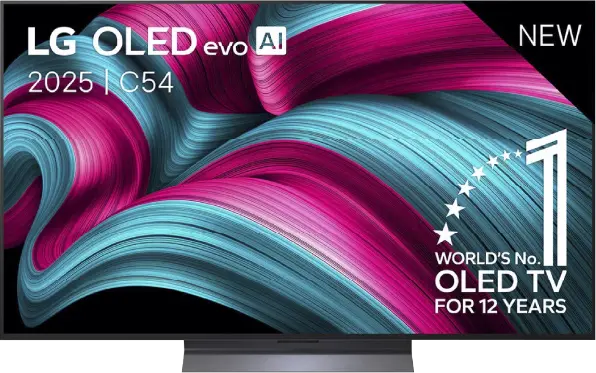
Panel type: LCD IPS
Resolution: 3840x2160
System: VIDAA
Model year: 2024
Complete the survey to find out the result

Panel type: WRGB OLED
Resolution: 3840x2160
System: WebOS
Model year: 2025
Complete the survey to find out the result

Overall rating
7.0
8.2
Movies and series in UHD quality
6.4
8.5
Classic TV, YouTube
6.3
8.9
Sports broadcasts (TV and apps)
6.6
8.6
Gaming on console
8.0
9.4
TV as a computer monitor
7.6
8.6
Watching in bright light
6.2
6.2
Utility functions
8.9
7.9
Apps
7.7
9.1
Sound quality
7.0
7.2
Complete the survey to find out what fits your preferences
Advantages
Wide viewing angles thanks to the IPS matrix
Good colour potential after calibration
High refresh rate (144 Hz), VRR, ALLM, and G-Sync for gamers
Support for Dolby Vision
A good number of additional features (recording, AirPlay, mirroring)
Support for key audio formats (Dolby Atmos, DTS:X)
Relatively low input lag
Great black and endless contrast thanks to the OLED panel
Above-average brightness (for an OLED TV)
Nearly reference-quality picture after calibration
Full suite of features for gamers: 4xHDMI 2.1, low input lag, HGiG, VRR and more
Very good motion smoothness – 144 Hz OLED panel
Intuitive and modern WebOS system
Convenient Magic remote control with a gyroscope
Disadvantages
Average contrast and black levels
Issues with subtitle playback from USB
Missing HGIG support
In some scenes, issues with HDR brightness management
Unavailability of some popular music apps (Spotify, Tidal)
Different versions of the remote in derivative models – it's hard to predict which version we'll get
Average reflection damping – this may be an issue under very bright light
No support for DTS:X – an external amplifier is required for full support of this format
Our verdict
LG C5 is a very successful continuation, and in several aspects, even a step forward compared to last year's C4 model. The biggest change is the significantly higher brightness – for the first time in the history of the C series, the barrier of 1000 nits has been exceeded, which significantly improves the quality of HDR effects. Both movies and TV shows look more dynamic as a result, and bright scenes finally have the appropriate “shine.” After calibration, the picture quality is almost reference-level, and one gets the impression that we are dealing with equipment much more expensive than its price suggests. C5 is also one of the best choices for gamers – four full HDMI 2.1 ports, low input lag, support for VRR, G-Sync, and correctly implemented HGiG. Additionally, the 144 Hz panel makes not only gaming but also watching sports pure pleasure. The convenient WebOS system and the Magic remote with cursor control functionality deserve a mention as well – everything works smoothly and intuitively. This is a television that you simply want to use.
However, there are a few minor reservations. This year, LG decided to abandon support for DTS codecs, which may be troublesome for people using physical media and Blu-ray film collections. It's also worth noting the confusion regarding the different versions of the remote – depending on the model designation, we may receive a completely different remote than the one we held during our tests. Despite these few comments, LG C5 is a television that makes an excellent impression in almost every respect. Brightness, colours, gaming features, fluidity of the image, and overall build quality make it one of the best OLEDs in its class.
TV appearance




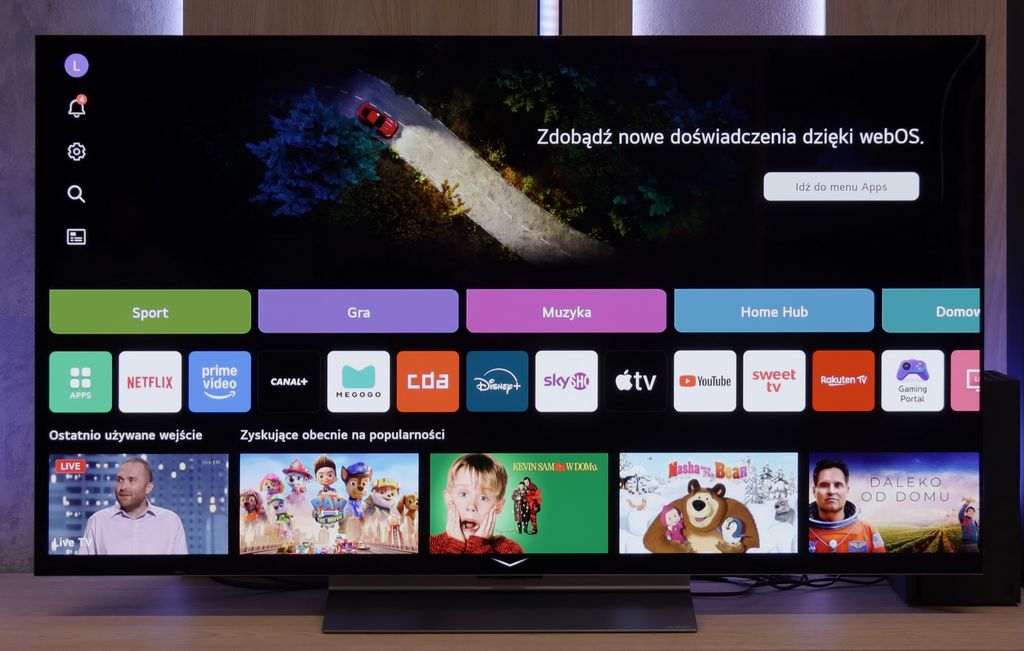
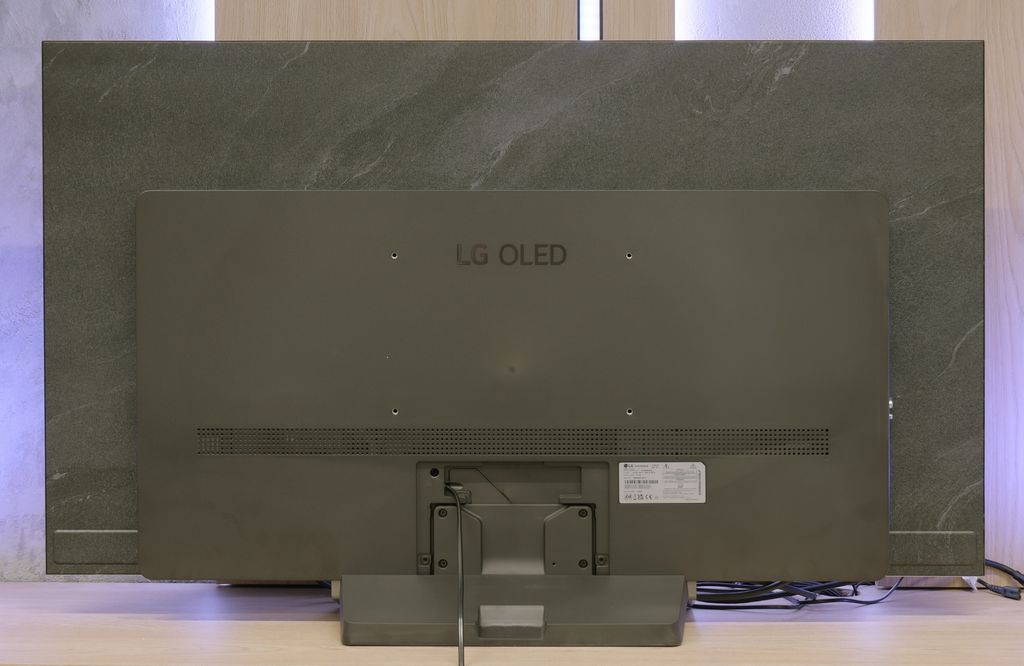
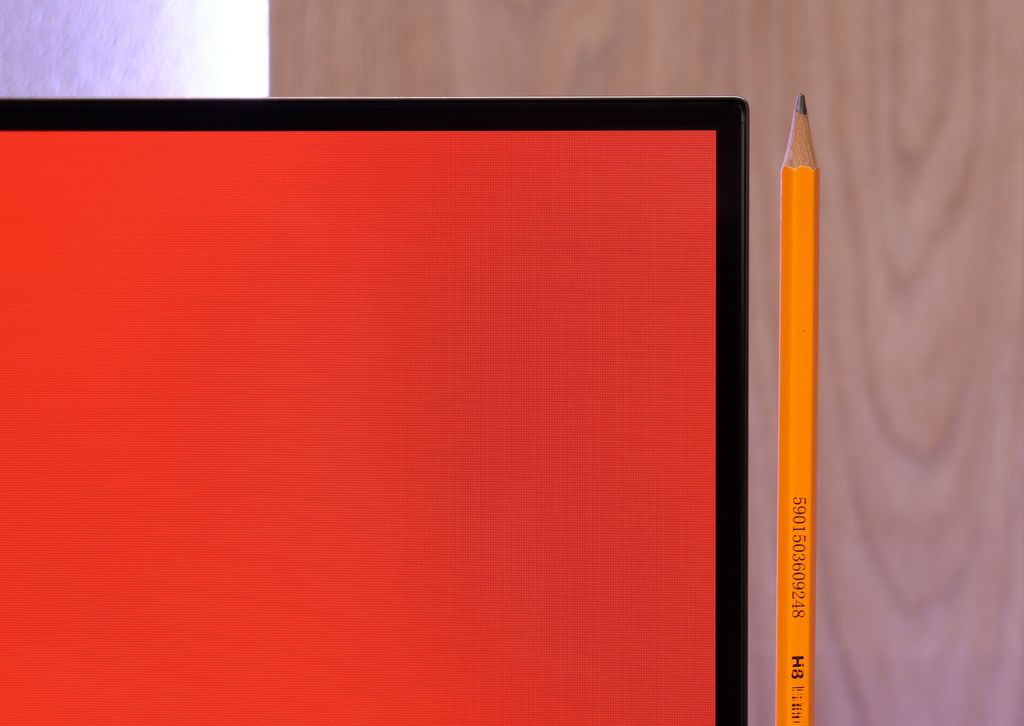
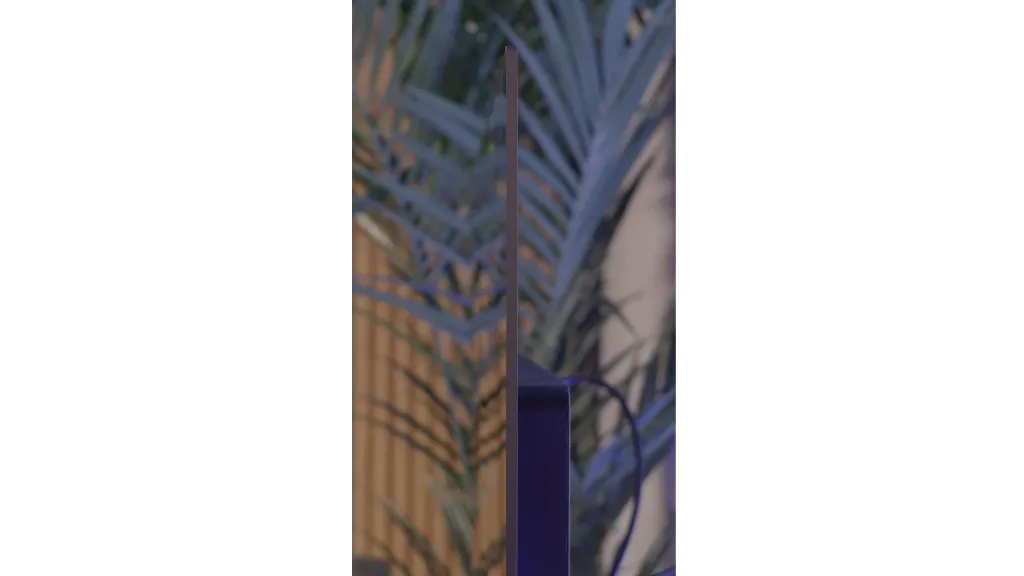
Contrast and black detail
5/10
10/10
Local dimming function: Yes, number of zones: 32 (4 x 8)
Contrast:

Result
7,850:1

Result
4,150:1

Result
4,400:1

Result
2,500:1

Result
1,550:1

Result
∞:1

Result
∞:1

Result
∞:1

Result
∞:1

Result
∞:1
Halo effect and black detail visibility:

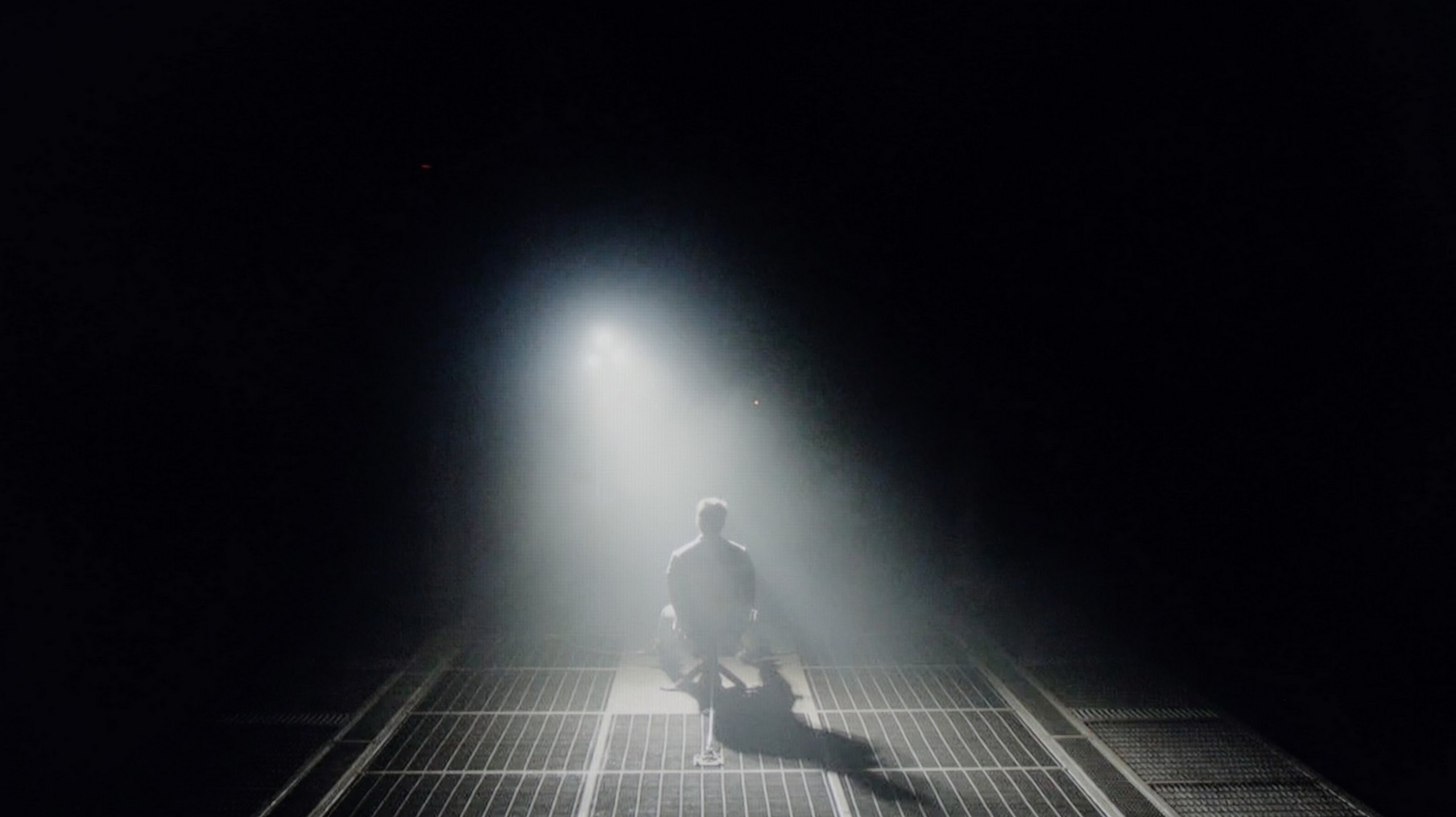
The Hisense E7NQ PRO we've tested, in the 65-inch version, uses an IPS panel, which unfortunately isn't known for high contrast. As a result, black appears slightly "washed out" and occasionally takes on a silvery hue, which is clearly visible in our pictures. The manufacturer tried to address this by equipping the TV with local dimming functionality. Unfortunately, in this 65-inch model, we only have 32 zones available, which, while it helps a bit, is definitely not enough to achieve truly impressive results – especially since the panel itself cannot provide a cosmic depth of black.
During testing, we observed highly varied results. Under optimal conditions, it managed to reach around 7800:1, which can be considered decent; however, in more challenging scenes, the contrast dropped to around 2000:1. Such values are at best average and simply do not befit a TV in this price range. Ultimately, while local dimming somewhat salvages the situation, what’s really lacking here is true deep, inky black and contrast that would leave a greater impression on us.
In the category of black and contrast, the LG C5 fits perfectly into what we've come to expect from OLED TVs – it's simply ideal. Thanks to the use of an organic matrix (WOLED), each pixel lights up independently, resulting in infinite contrast and perfect black. There are no halos, streaks, or other typical LCD TV artifacts here. Details in bright parts of the image are excellently visible, and watching with the lights off is pure enjoyment. If someone is looking for a TV for evening viewing with great contrast – the C5 is a very strong contender.
HDR effect quality
5.1/10
7.2/10
Luminance measurements in HDR:

Result
408 nit

Result
299 nit

Result
446 nit

Result
215 nit

Result
527 nit

Result
1079 nit

Result
1059 nit

Result
1120 nit

Result
1094 nit

Result
707 nit
Scene from the movie “Pan” (about 2800 nits)


Scene from the movie “Billy Lynn” (about 1100 nits)


Static HDR10


Dynamic: Dolby Vision
Dynamic: Dolby Vision


HDR luminance chart:
LG OLED C5
HDR luminance
Luminance of RGB colors
Hisense E7NQ PRO
HDR luminance
Based on the luminance chart, which indicates around 550 nits, it can be considered that Hisense E7NQ PRO theoretically has the potential to somewhat "enchant" us with its HDR image. Testing various scenes from movies, we noticed that the television continually tries to balance between maintaining appropriate brightness and preserving the deepest blacks. In favourable conditions – such as in a scene from “The Meg”, where the screen is flooded with bright light – this brightness can indeed impress us. At such moments, we feel that HDR actually adds that "something" to the image. Unfortunately, when difficult shots with fine, bright elements on a dark background appear on the screen, the situation looks much worse. Brightness then drops to 200-300 nits, which is definitely too little to really distinguish HDR from standard SDR.
It is clear that the television is trying, but the hardware limitations – mainly the small number of local dimming zones – prevent it from fully spreading its wings. The end result can therefore be quite inconsistent and as average as the contrast tests. On the plus side, it deserves credit for its impressive coverage of the DCI-P3 colour gamut at 97%. This allows the television to present a truly wide range of colours, which, in the right scenes, can give us at least a glimpse of the real HDR effect. It’s just a shame that the whole picture isn't complemented by better control of brightness and contrast.
LG C5 has finally done what we've been waiting for years in the C series – it exceeds 1000 nits of brightness! This is a significant change compared to previous models in the series and very important – because most HDR content on streaming platforms is created around such luminance today. The image finally has the right "glow," and details in the highlights look as they should even without the use of dynamic metadata. However, there are scenes where the C5, like most OLED TVs, has certain issues. Especially when the screen has to light up entirely. In our test sequences, like the bright scene from the movie The Meg, brightness noticeably drops. Don't get us wrong, this result is not bad; it’s more of a reminder that OLED technology still has its limitations. Year by year, they are getting smaller, but they still exist.
Now, what about the colours? They are very good. Although the C5 doesn't match OLEDs with QD-OLED or Tandem RGB panels, its coverage of the DCI-P3 gamut at 97% and 73% of BT.2020 will satisfy even the more demanding viewers. The colours are saturated, natural, and very consistent in HDR materials.
Factory color reproduction
5/10
8.2/10


Factory Mode
After calibration


Factory Mode
After calibration
When we took our copy of Hisense E7NQ PRO out of the box, we immediately started checking the available picture modes. Among them, the Filmmaker mode seemed the most promising, although it wasn't without its flaws. With standard SDR content, we noticed a clear tendency to overemphasise red, making the picture appear unnaturally warm. This was particularly evident in the comparison photo attached below. Conversely, when we switched to HDR content, the situation took a turn in the opposite direction. This time, blue was dominant, and there was hardly any red, resulting in a cool, at times almost "store-like" appearance — although not as drastic as in modes specifically designed for showcasing in displays. As a result, in our tests assessing colour reproduction, these disturbances in colour balance led to significant errors.
Additionally, the television had trouble reproducing brightness characteristics. At lower resolutions, it clearly brightened the darkest elements of the image, and with HDR content, the brightness curve (eotf) simply wouldn't align as it should. Initially, the television excessively darkened the smallest details, only to then over-brighten larger areas. Fortunately, the E7NQ PRO provides us with a lot of calibration tools, so knowing there was potential within it, we decided to take matters into our own hands and try to set it up to eliminate these issues.
LG C5, like other TVs we tested, was checked in the best possible factory mode – which remains the Filmmaker Mode. And here we have good news: in SDR materials, LG has once again done a solid job. The white balance and colour reproduction right out of the box are at a very high level. Most errors – both in balance and in the Colour Checker test – did not exceed a ΔE value of 3, which is the threshold above which differences become visible to the naked eye. Such factory settings are what we'd like to see in many more TVs!
However, the situation is different for HDR content, which is what the C series was truly designed for. Here, the C5 performs weaker. An excessive amount of blue in the white balance causes the image to appear distinctly cooler – which affects things like unnaturally pale skin tones or somewhat shifted tonality of the entire scene. Fortunately, LG provides very precise calibration tools, and we – as always – made use of them.
Color reproduction after calibration
7.1/10
9.4/10




Thanks to the tools available in E7NQ PRO, we've managed to squeeze a pretty decent image out of it, especially with lower quality content. After fine-tuning the white balance of the SDR materials, the colours look much more natural, and what we see on the screen seems closer to the vision the producer intended to present. Additionally, we've improved the brightness characteristics (Gamma), so the TV no longer tends to over-brighten, and everything looks noticeably better than before our intervention.
With HDR materials, we also achieved some improvements, although it's not as rosy here. Yes, the white balance has approached an acceptable level, but the problem lies elsewhere. It's about the EOTF curve, which is how the TV manages brightness and tonality of the image. At first glance, one might think that the biggest issue concerns only the mid-tones, which are overly brightened. However, after more detailed testing and activating the EOTF curve visualisation filters, it becomes clear that the receiver has a tendency to brighten the entire screen. This seems to be a limitation due to the small number of local dimming zones and generally modest brightness management capabilities. Such hardware limitations are simply insurmountable. Nonetheless, after our calibration, the image is noticeably better than at the start. One just needs to be aware that in terms of contrast and brightness management, this model has its limits, which even a good calibration cannot fully overcome.
We must honestly admit – in the case of the LG C5, it took very little to achieve an almost perfect image. After carrying out calibration, we managed to achieve compliance with reference screens at a level that impresses even compared to significantly more expensive models. The image after our adjustments looks exactly as filmmakers and series creators would want – with no colour distortion, natural depth, and subtle plasticity. LG has done a great job this year regarding factory settings and calibration potential. Hats off!
Smoothness of tonal transitions
9.2/10
8.2/10







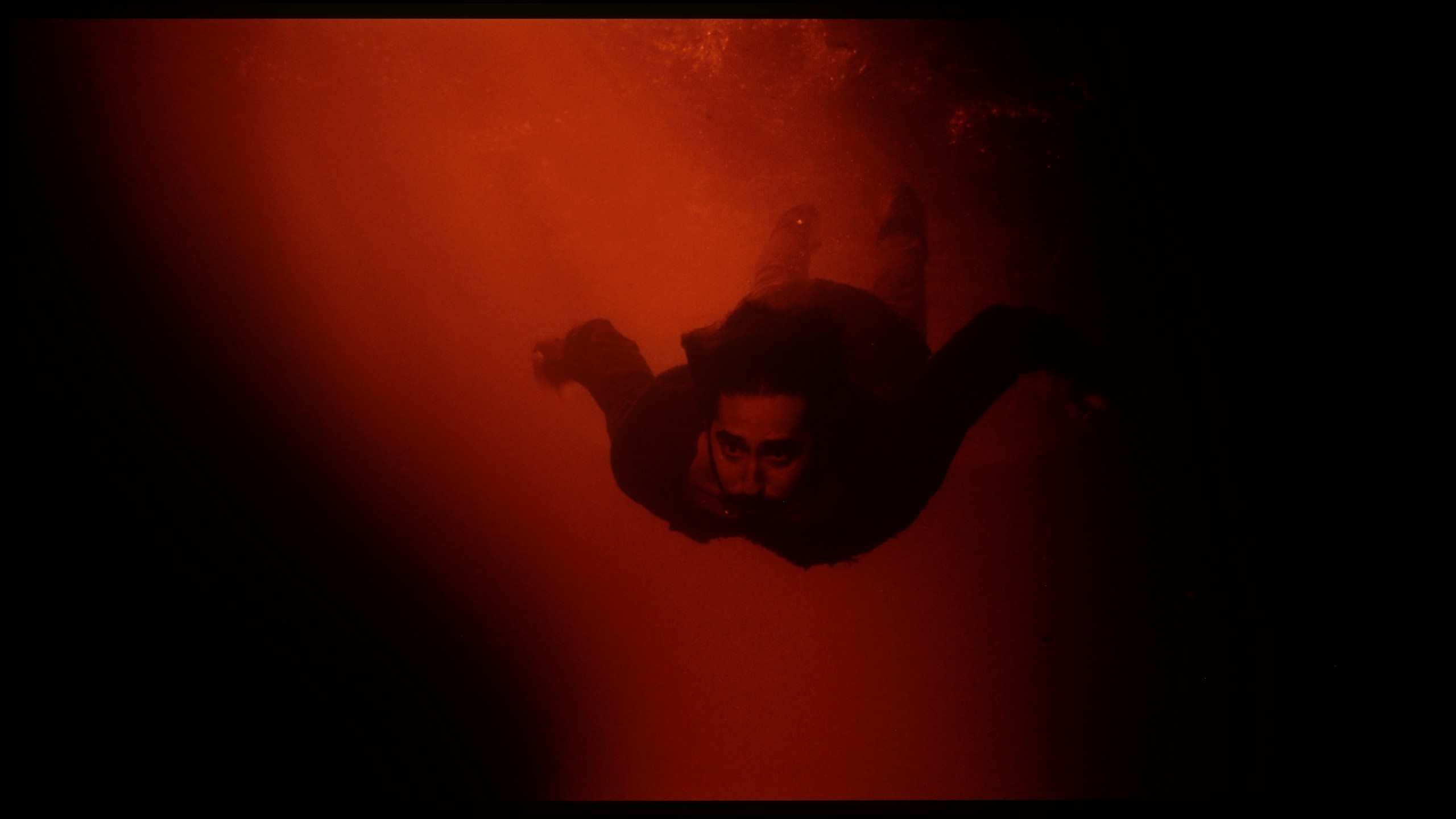




We must honestly admit that the fluidity of tonal transitions in this TV is right at the top of what we've had the opportunity to test in 2024. Even in really demanding scenes, we hardly notice any noticeable "steps" between colours. Yes, with a keen eye, one might spot some minor flaws, but that's at a level that's almost microscopic. You really need to have a very "alert" eye to catch them. This, in turn, means that when watching even the most complex shots in a full spectrum of colours, you can simply focus on the story and visual impressions without the annoying, artificial effect of posterization.
WOLED TVs have not been known for perfect smoothness in tonal transitions until now. It was often noticeable to see delicate bands between colours – especially in darker parts of the image – which gave the impression that the colours do not transition smoothly, but rather slightly "step". This year, LG has made significant progress. In the C5 model, this issue has been largely eliminated. Indeed, in very dark scenes, you can still see subtle boundaries between colours, but they are non-intrusive enough that hardly anyone except for more demanding viewers will notice them. For most users, the smoothness of tonal transitions in the C5 will simply be impeccable.
Image scaling and smoothness of tonal transitions
6/10
7.8/10
Smooth transition function

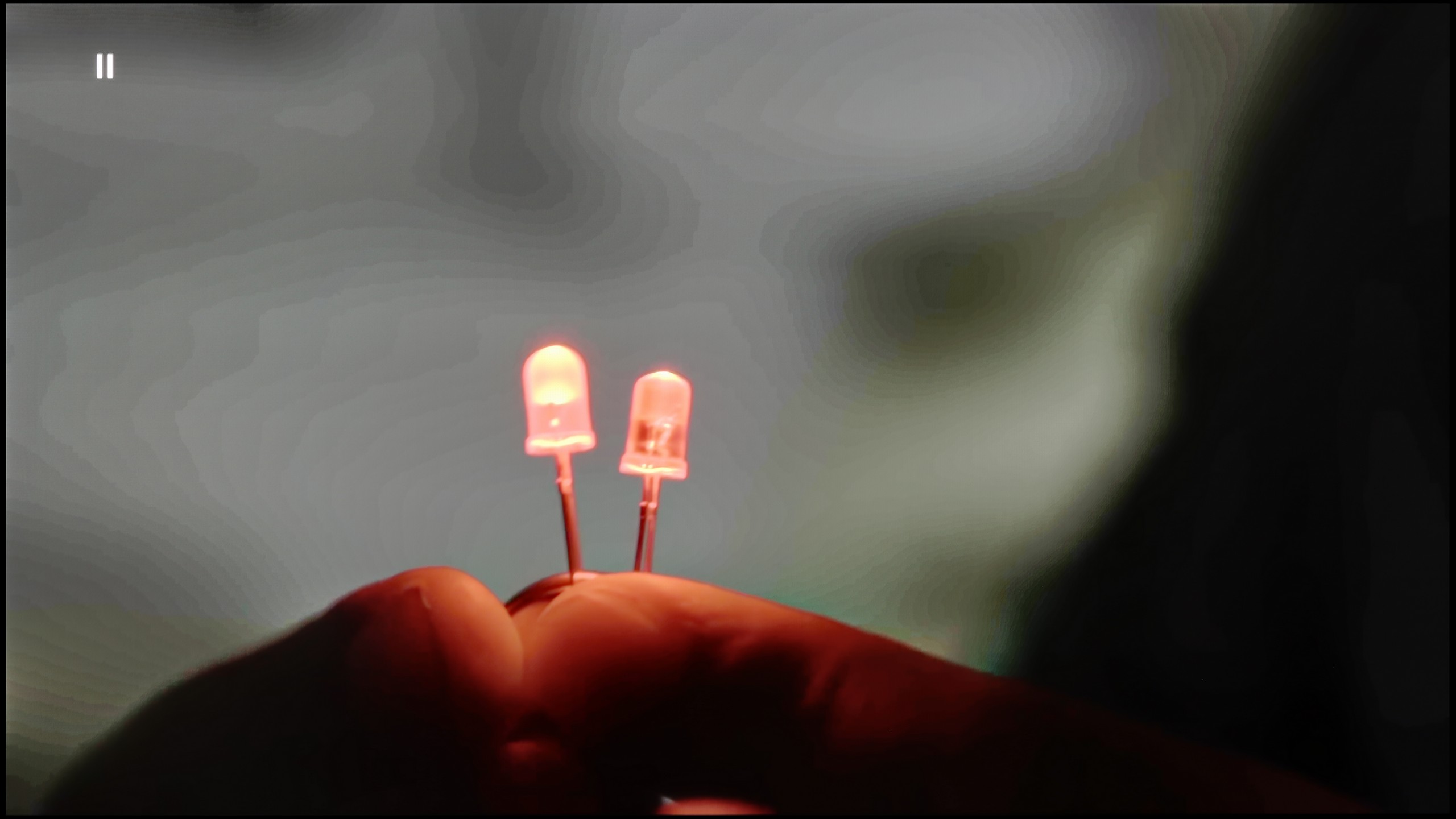
Image without overscan on the SD signal


When it comes to the tonal transition smoothing function in lower quality materials, the “smooth and gradient image” feature in Hisense E7NQ PRO unfortunately does not impress. At the lowest setting, the change is barely noticeable – it's more of a cosmetic improvement. Switching to “Medium” mode does produce a noticeable effect, but it's still nothing special, and the TV starts to excessively interfere with other elements of the image, which can look unnatural.
Image scaling is also rather average. On the test screen, where a portrait of a model and text are displayed, there are slight frays at the edges, making the overall presentation less smooth and aesthetic than we would expect in this class of device. It's just hard to talk about really effective improvement of lower resolution quality here.
LG C5 handles lower quality materials exceptionally well. One of the main issues that older WOLEDs faced was posterisation – unwanted “steps” in colour transitions. The C5 utilises a system function that smooths these transitions, and it works surprisingly effectively. The banding effect is nearly completely eliminated, and the image gains consistency. Compared to last year's model, we feel that this function operates slightly weaker – but the good news is that it doesn't compromise the image structure. Film grain, textures, and details remain on the screen – nothing is forcefully smoothed out.
The C5 also excels at enhancing the quality of older recordings. Thanks to the α9 Gen6 (8th gen) processor, "scaling to 4K" is impressively solid. The image is clear, details are sharp, and the only minor drawback might be a slightly noticeable aliasing on some edges. However, there is no problem with overscan here – the image is not artificially cropped or shifted, which is a significant plus and still not a given.
Blur and motion smoothness
7/10
8.5/10

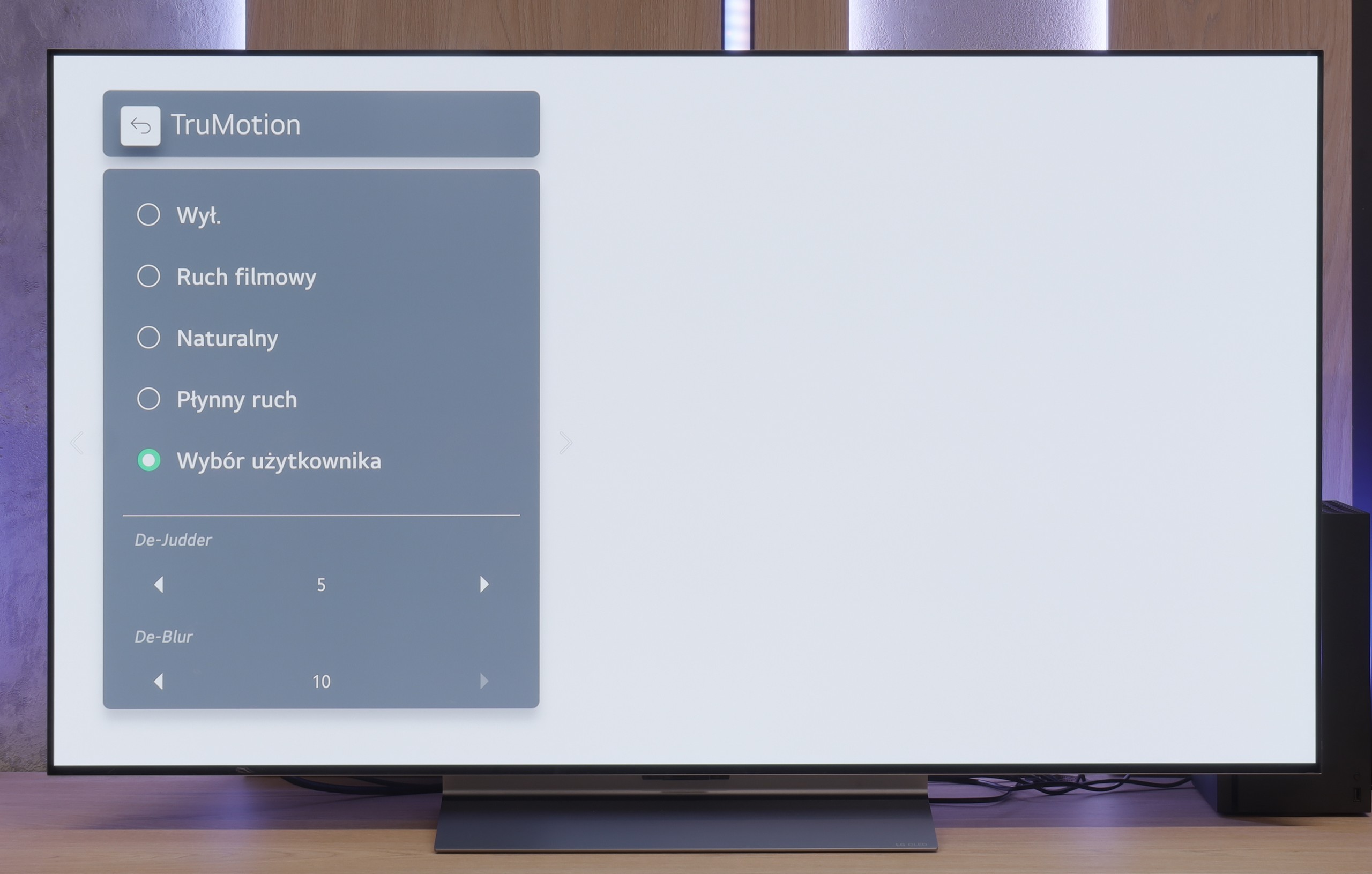
Blur (native resolution, maximum refresh rate):






Thanks to the use of a 144 Hz panel, E7NQ PRO performs exceptionally well with almost any type of content. Whether we're watching fast-paced matches, dynamic games or action films – the fluidity of motion leaves a good impression. When it comes to movies, the manufacturer has equipped the TV with two key tools: “motion blur reduction” and “judder reduction.” Each of these functions can be adjusted on a scale from 1 to 10.
At lower values, the processing is subtle, barely noticeable, and gently smooths motion without ruining the cinematic character of the image. The higher we move up the scale, the more clearly the TV interferes with the presented material, smoothing motion more aggressively, thereby minimising any judders or micro-cuts. Conversely, the highest settings can resemble the so-called “soap opera effect,” which makes the image look overly smooth, slightly losing its cinematic atmosphere. Thanks to this scale, however, we can find a happy medium, adjusting motion fluidity to our own preferences.
The LG C5 is equipped with a 144 Hz display, and this, combined with virtually zero response time of the OLED pixels, makes it one of the best screens for watching dynamic content. It doesn’t matter whether it’s sports, fast-paced games, or just action – the image is razor sharp.
And what about movies at 24 frames? LG has thought of that too. The built-in "TruMotion" smoother allows you to adjust the picture to your own preferences. The “de-judder” slider increases fluidity in films, while “de-blur” subtly reduces motion blur – although to be honest, it’s practically invisible here.
Console compatibility and gaming features
8.5/10
10/10
- ALLM
- VRR
- VRR range48 - 144Hz40 - 144Hz
- Dolby Vision Game Mode
- Correct implementation of HGIG
- 1080p@120Hz
- 1440p@120Hz
- 4K@120Hz
- Game bar

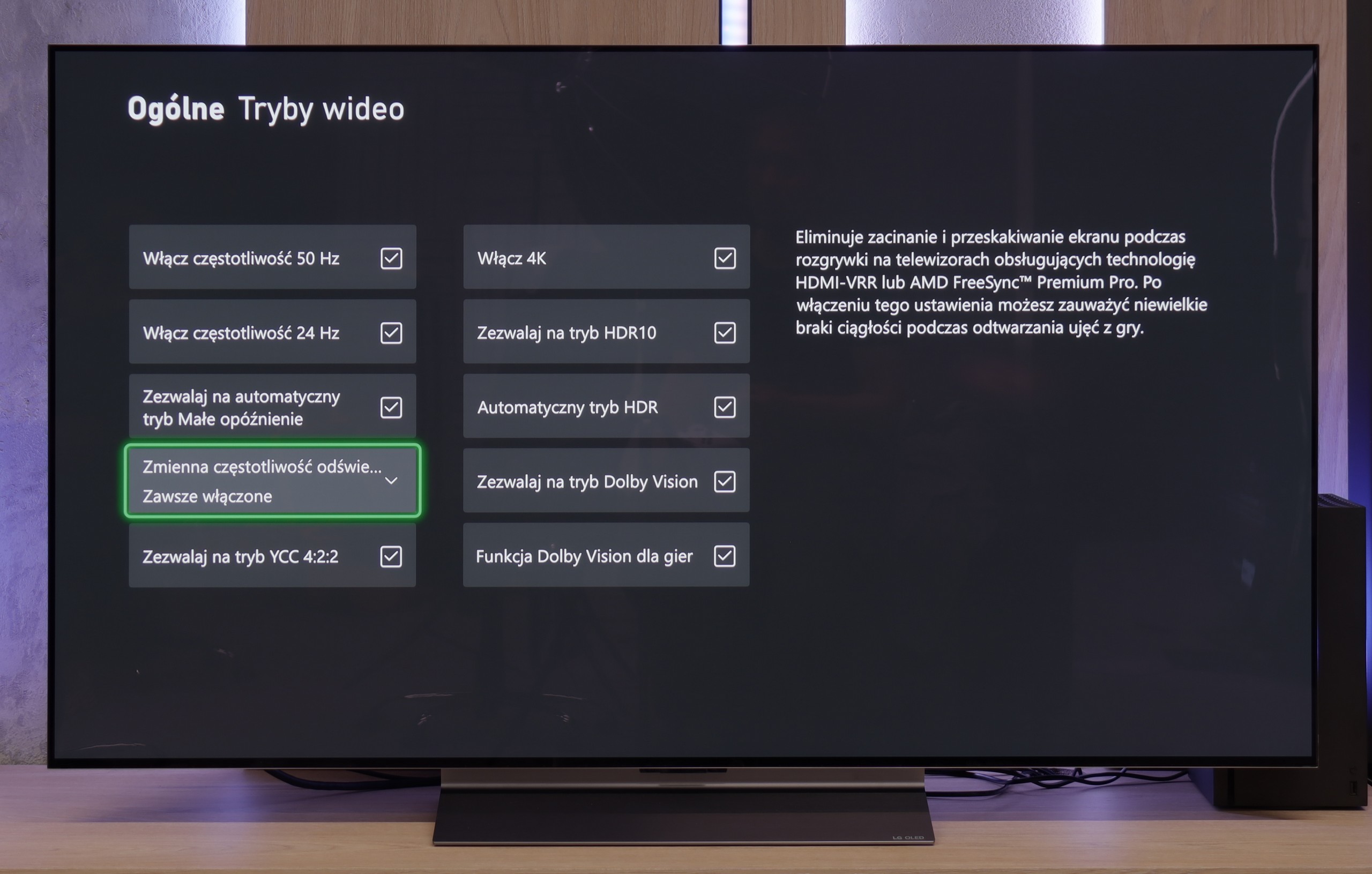

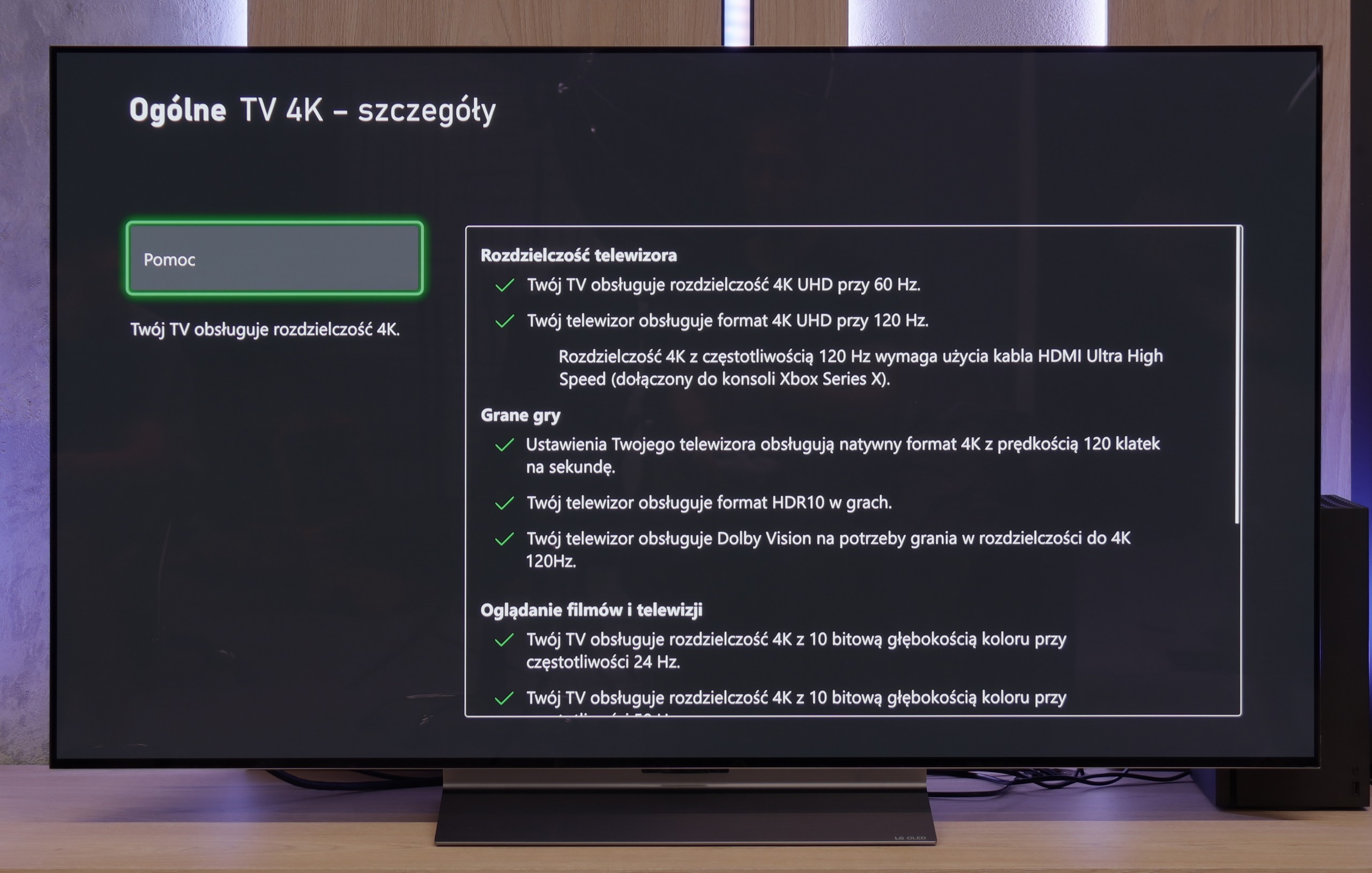

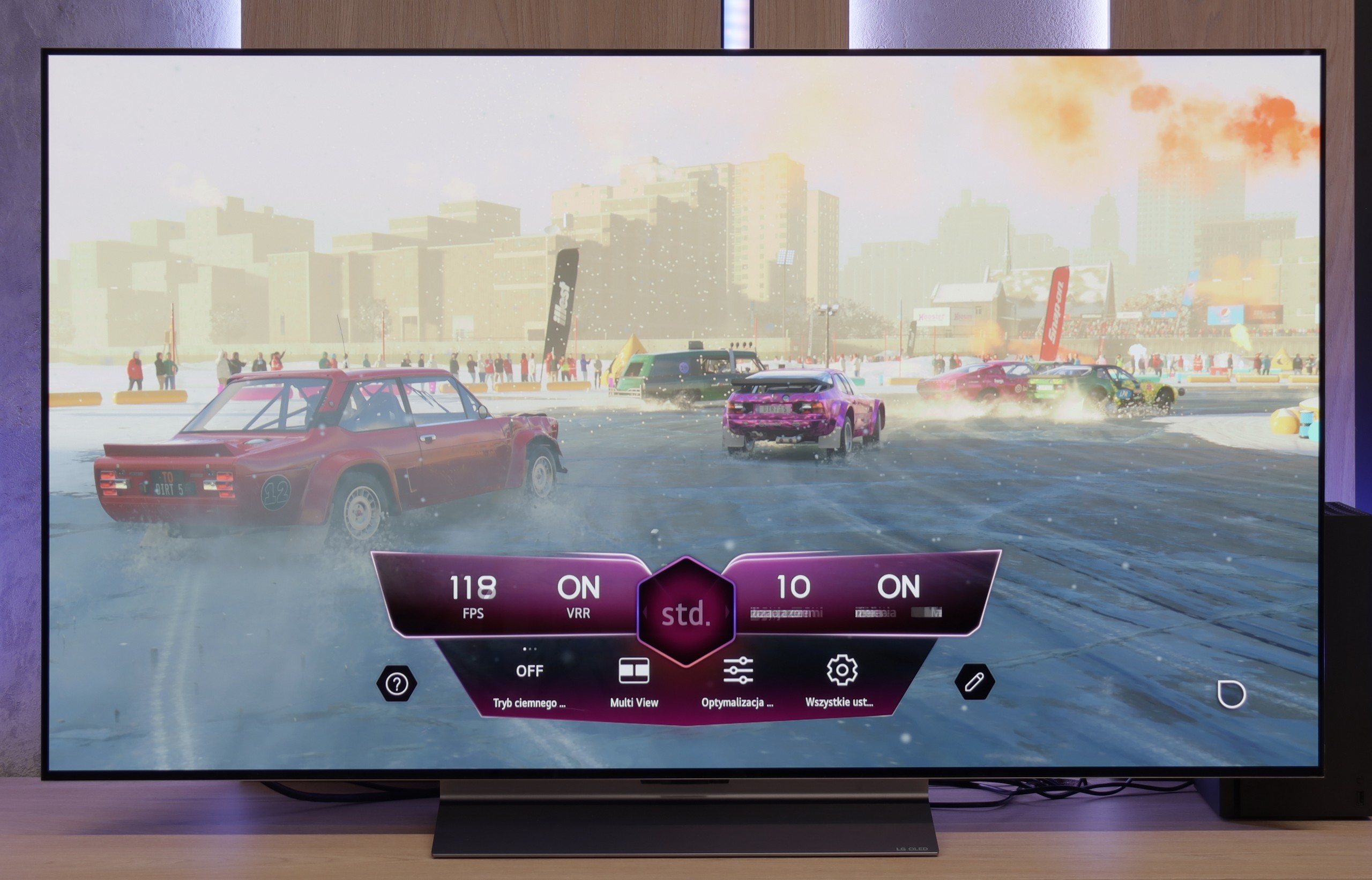

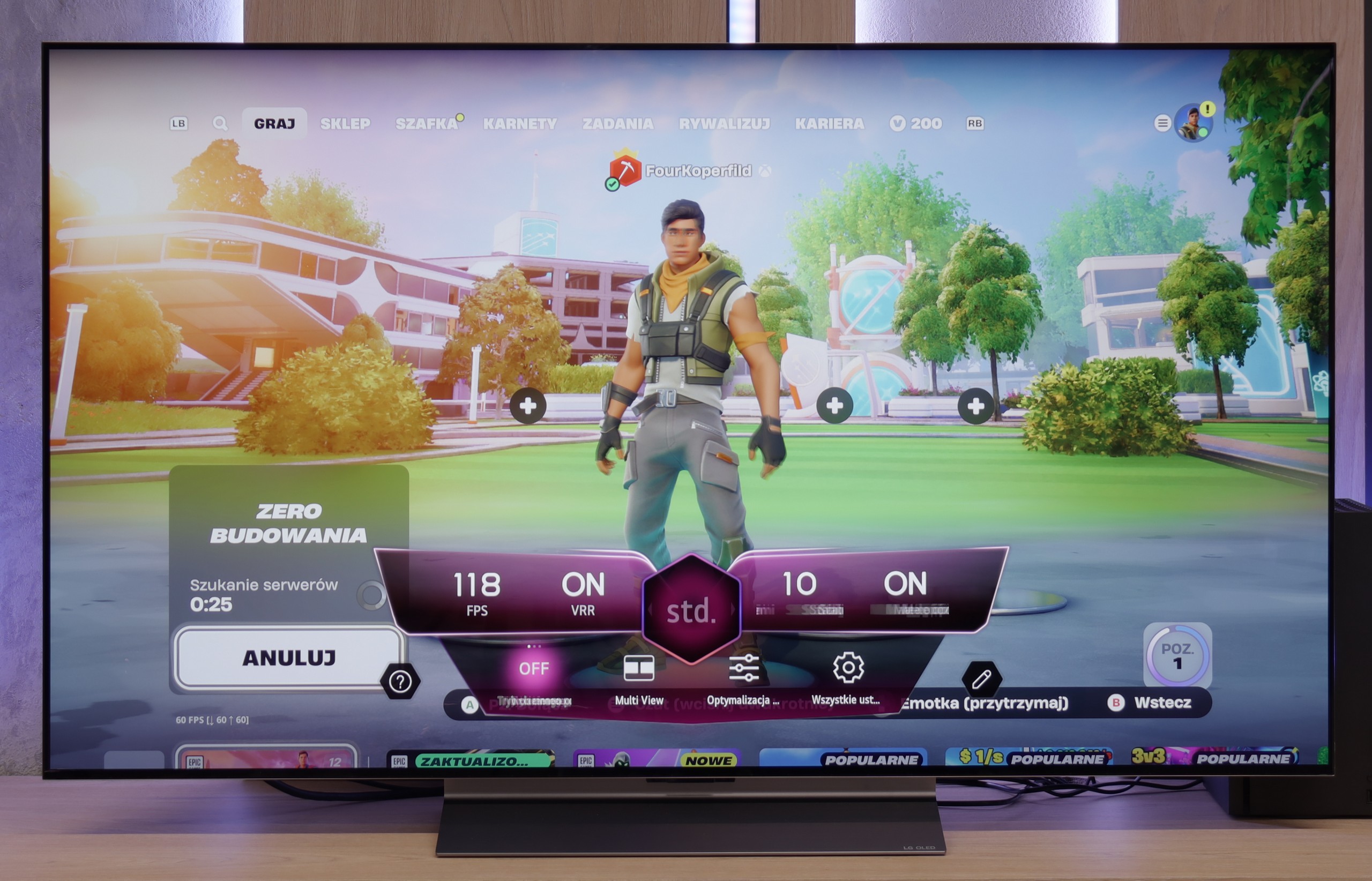
If we sometimes like to turn on the console and immerse ourselves in the world of games for long hours, E7NQ PRO can make a really good impression. Thanks to the 144 Hz refresh rate, the gameplay is surprisingly smooth, and support for HDMI 2.1 and VRR ensures that the image doesn't "tear" even during the most dynamic actions. Additionally, there's ALLM, which automatically sets the lowest latency as soon as we switch to the console – so we don’t have to fiddle around in the options ourselves.
A big plus is also the ability to launch games in Dolby Vision, which makes colors and contrast simply look better. Hisense has also included a clear "gamebar," allowing us to continuously monitor the key parameters and change settings without leaving the game. The only thing we might slightly regret is the lack of HGIG support. It may not be a crucial element, but for some gamers, it can matter if they aim for the most faithful reproduction of the creators' vision. Nevertheless, in practice, the E7NQ PRO performs excellently and delivers truly enjoyable gaming experiences.
LG C5 is a TV designed with gamers in mind – and there's not a hint of exaggeration in that. It's hard to find anything to criticise here. We have a refresh rate of 144 Hz, full support for VRR, ALLM, and as many as four HDMI 2.1 ports with full bandwidth of 48 Gb/s. For those who have an Xbox, PS5, Nintendo, and a gaming PC in one room – no limitations, everything can be connected without any hassle.
Configuring HDR for gaming is also straightforward. The TV correctly supports the HGiG mode, which allows you to achieve an image that aligns with the creators' intentions. For those interested, there is also Dolby Vision in the Gaming version, although we still recommend HGiG as the most predictable and "clean" variant of HDR in games.
It also includes the Game Bar, which is a "command centre" for the gamer. Everything important, from VRR settings, picture modes, to frame rate information – is at our fingertips. The interface is simple and clear. It may look like something out of a space simulator, but it serves its purpose and just works; exactly as it should.
C5 is truly a complete package for any gamer.
Input lag
9.9/10
10/10
SDR
HDR
Dolby Vision
In this regard, Hisense E7NQ PRO really performs well. At a frequency of 60 Hz, we recorded around 15 ms, and at 120 Hz, the input lag drops to as low as 6 ms, allowing for very quick reactions and smooth controls in games. It's also worth mentioning that even in Dolby Vision mode, the input lag doesn't drastically increase. This means we can enjoy better image quality without sacrificing responsiveness, which will definitely please any avid gamer.
The response time of the LG C5 to our movements with the controller is exemplary. Regardless of the chosen resolution or frame rate – the lag is so low that it is virtually unnoticeable in practice. Playing on this television is simply a pure pleasure. Some delay is introduced by the Dolby Vision mode, which shouldn't be surprising – this applies to almost every television on the market equipped with this mode. Nevertheless, even with Dolby Vision active, the input lag remains low enough that gameplay is still smooth and responsive.
Compatibility with PC
7.6/10
8.6/10

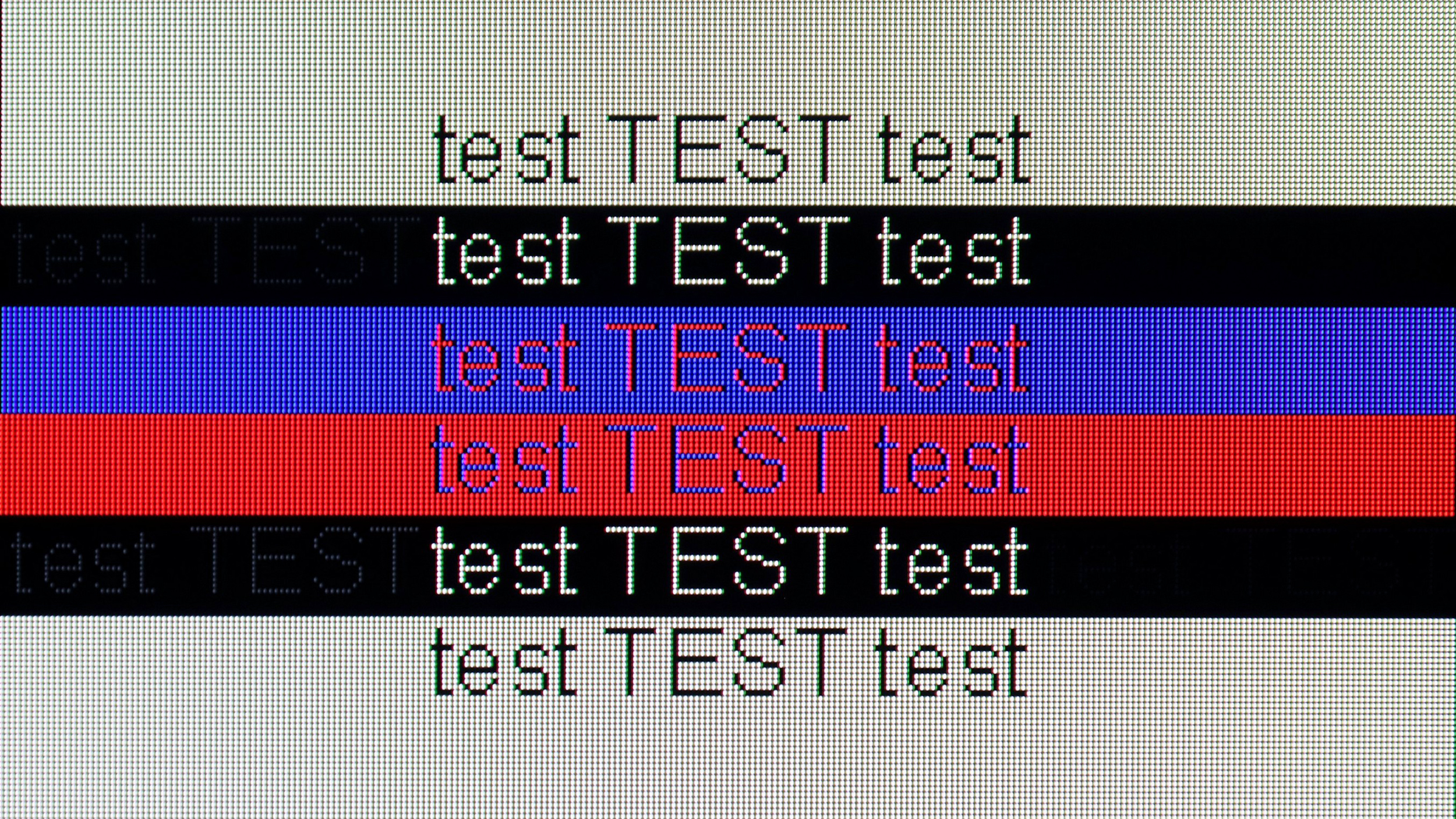
Connecting E7NQ PRO to a computer will give us no reasons to complain. Overall readability of fonts is quite good, although with very thin horizontal lines (the so-called "roofs" of letters), we noticed a slight dimming. It’s not a big issue, but worth mentioning if we plan to spend long hours in text editors or browsing the web.
On the other hand, when it comes to gaming on PC, the TV shows its true colours. Support for G-Sync, connection to a 144 Hz panel, and low input lag ensure that even the most demanding titles run smoothly and responsively. As a result, we have a screen that works well not only with a console but also as a solid "window" into the world of PC entertainment.
C5 – as we mentioned – is a television created for gamers, so playing even on a computer is an absolute pleasure. The 144 Hz panel, low input lag, and original G-Sync certification just confirm this.
When it comes to work – it's also very good. The fonts are readable, the interface clear, however, it's worth remembering that we are dealing with a WOLED panel and a WRGB subpixel arrangement (slight shadows visible behind the font). So, if someone plans to place the C5 on a desk in smaller sizes like 42 or 48 inches for everyday office work, it’s worth checking it out for yourself first. For occasional desktop use and primarily for gaming – there are no reasons to be concerned.
Viewing angles
6.5/10
7.4/10
In the case of Hisense E7NQ PRO, viewing angles are definitely a strong point, thanks to the IPS panel. This means that when we look at the screen even from a significant angle, the colours and brightness do not "drop off" as much as they do in TVs with VA panels. Of course, compared to OLED or QD-OLED screens, where the image remains virtually unchanged from any side, IPS still comes up short. Nevertheless, among LCD TVs, it is difficult to find a solution that guarantees such good viewing angles as those offered by IPS. Unfortunately, everything has its price – in this case, one must come to terms with average black levels and lower contrast.
The viewing angles on the LG C5 are nearly ideal. While they fall slightly short of technologies like QD-OLED or WOLED with MLA micro lenses, the picture quality at wide angles still makes a great impression. Colours remain vibrant, and the screen doesn't lose much brightness even when set at a more challenging angle.
Addressing questions that circulated last year regarding the C4 model – in the case of the C5, we did not notice any green tinting, pinking, or other effects that can be read about online. The picture at an angle looked really clear.
TV efficiency during daytime
6.2/10
6.2/10

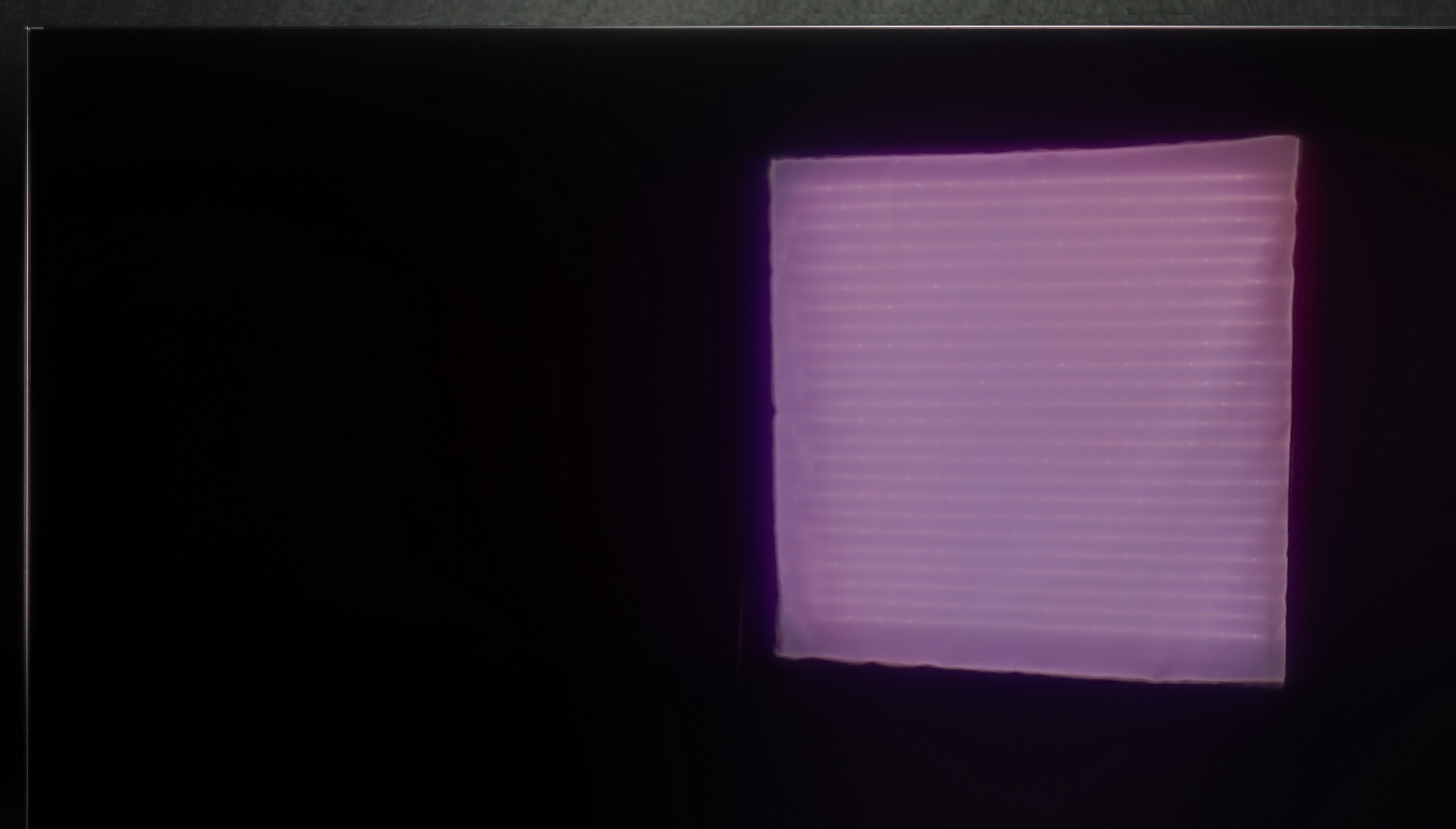

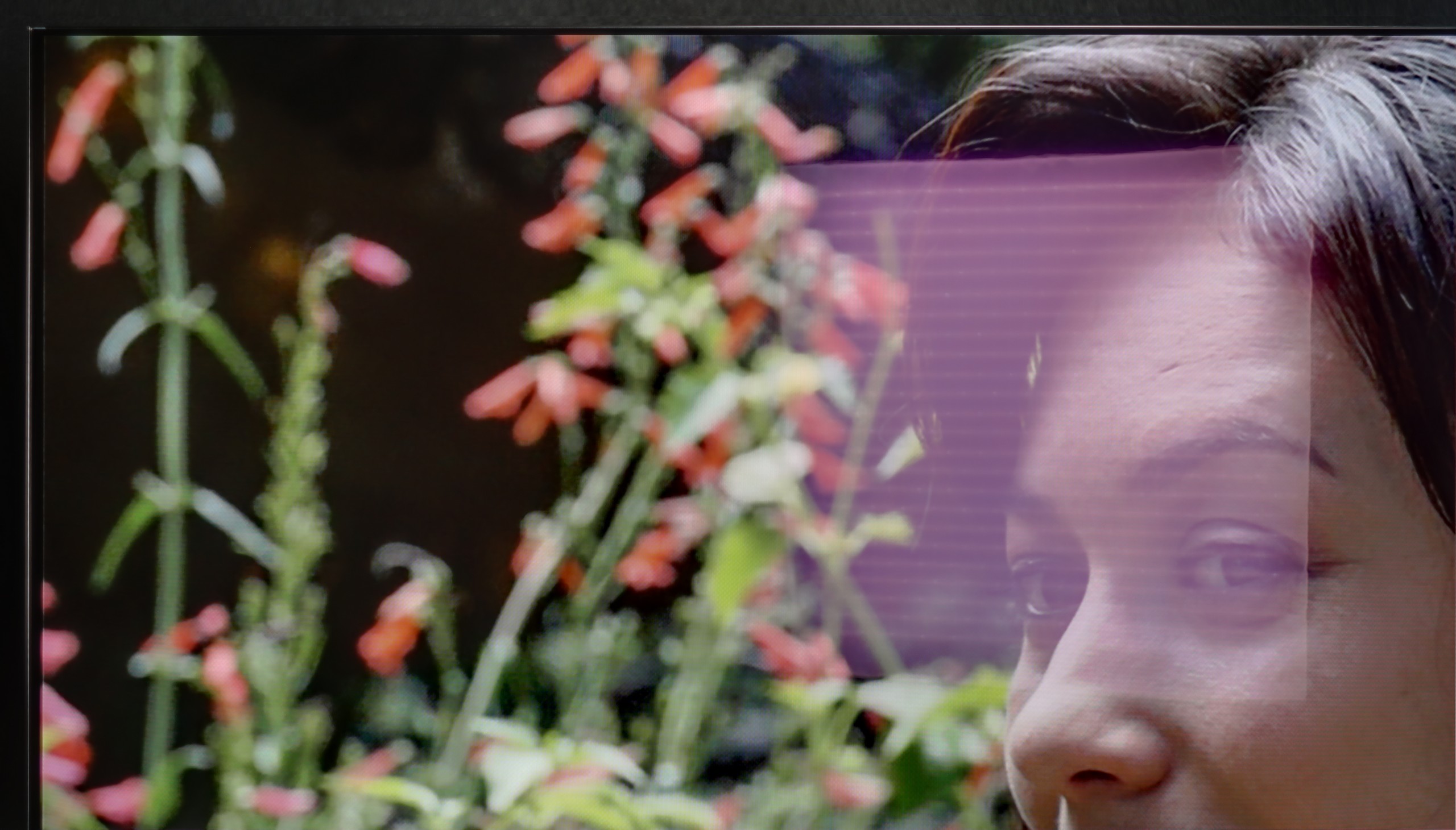
Matrix brightness
Average luminance SDR
LG OLED C5: 435 cd/m2
Hisense E7NQ PRO: 478 cd/m2
On a bright day, E7NQ PRO performs quite well. The "satin" panel diffuses light effectively, so reflections and glare don't turn into distracting "spots" on the screen. With average brightness at around 500 cd/m², you can comfortably watch television in a sunlit room without much struggle to see details or clear content. It may not reach the level of the top premium models, but in everyday use, it still performs pretty decently.
LG C5 is one of the brighter OLED TVs on the market, so it should perform well in moderately bright rooms without major issues. The average brightness in SDR mode is around 450 nits – a value sufficient for the picture to remain readable even during the day. Importantly, the black does not lose depth and does not turn "grey," which can still be a problem with QD-OLED panels.
Reflections, however, may pose a greater challenge. The WOLED panel used in the LG C5 has a glossy coating typical of this technology, which only partially diffuses reflections. In a well-lit living room with large windows, you can see your reflection on the screen – slightly muted but still visible. In a very sunlit room, it may turn out that blinds or curtains are necessary to fully enjoy the great picture quality.
Details about the matrix
Subpixel Structure:

Panel uniformity and thermal imaging:

TV features
8.9/10
7.9/10
- HDMI inputs2 x HDMI 2.0, 2 x HDMI 2.1 48Gbps0 x HDMI 2.0, 4 x HDMI 2.1 48Gbps
- Other inputsRCA (Chinch)IR (remote)
- OutputsToslink (Optical audio), eARC (HDMI), ARC (HDMI), Mini-Jack (Headphones)Toslink (Optical audio), eARC (HDMI), ARC (HDMI)
- Network InterfacesWi-Fi 2.4GHz, Wi-Fi 5GHz, Ethernet (LAN) 100MbpsWi-Fi 2.4GHz, Wi-Fi 5GHz, Ethernet (LAN) 100Mbps
- TV receptionDVB-T, DVB-T2, DVB-S, DVB-S2, DVB-CDVB-T, DVB-T2, DVB-S, DVB-S2, DVB-C
Classic features:
- Recording to USB (terrestrial TV)
- Recording programming
- Picture in Picture (PiP)
- RF remote control (no need to aim at the screen)
- Backlit remote control
- Teletext
- Audio only mode
- Bluetooth headphones support
- Simultaneous Bluetooth headphones & TV audio
Smart features:
- AirPlay
- Screen mirroring (Windows Miracast)
- Voice search
- Voice search in native language
- Ability to connect a keyboard and mouse


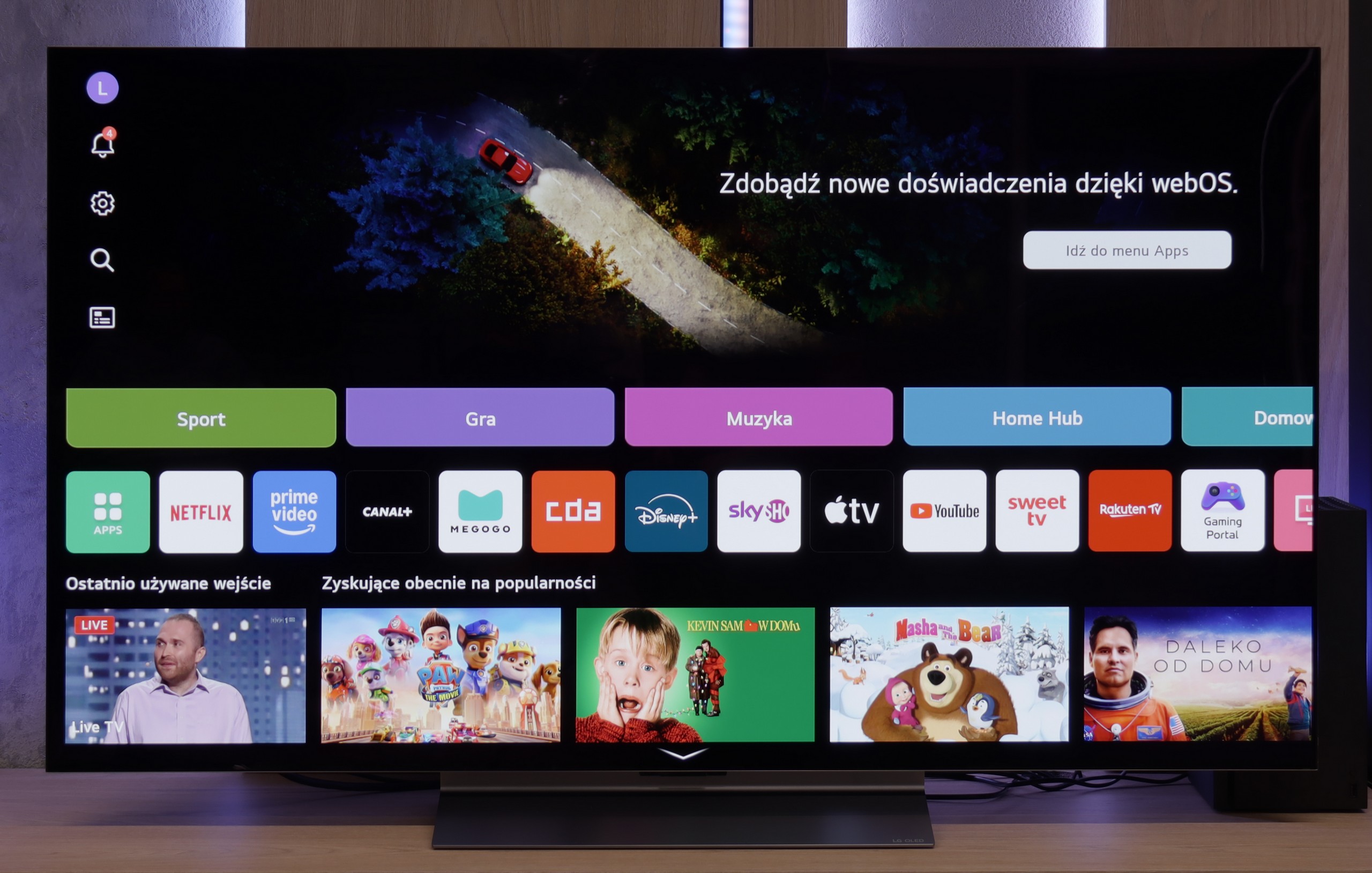
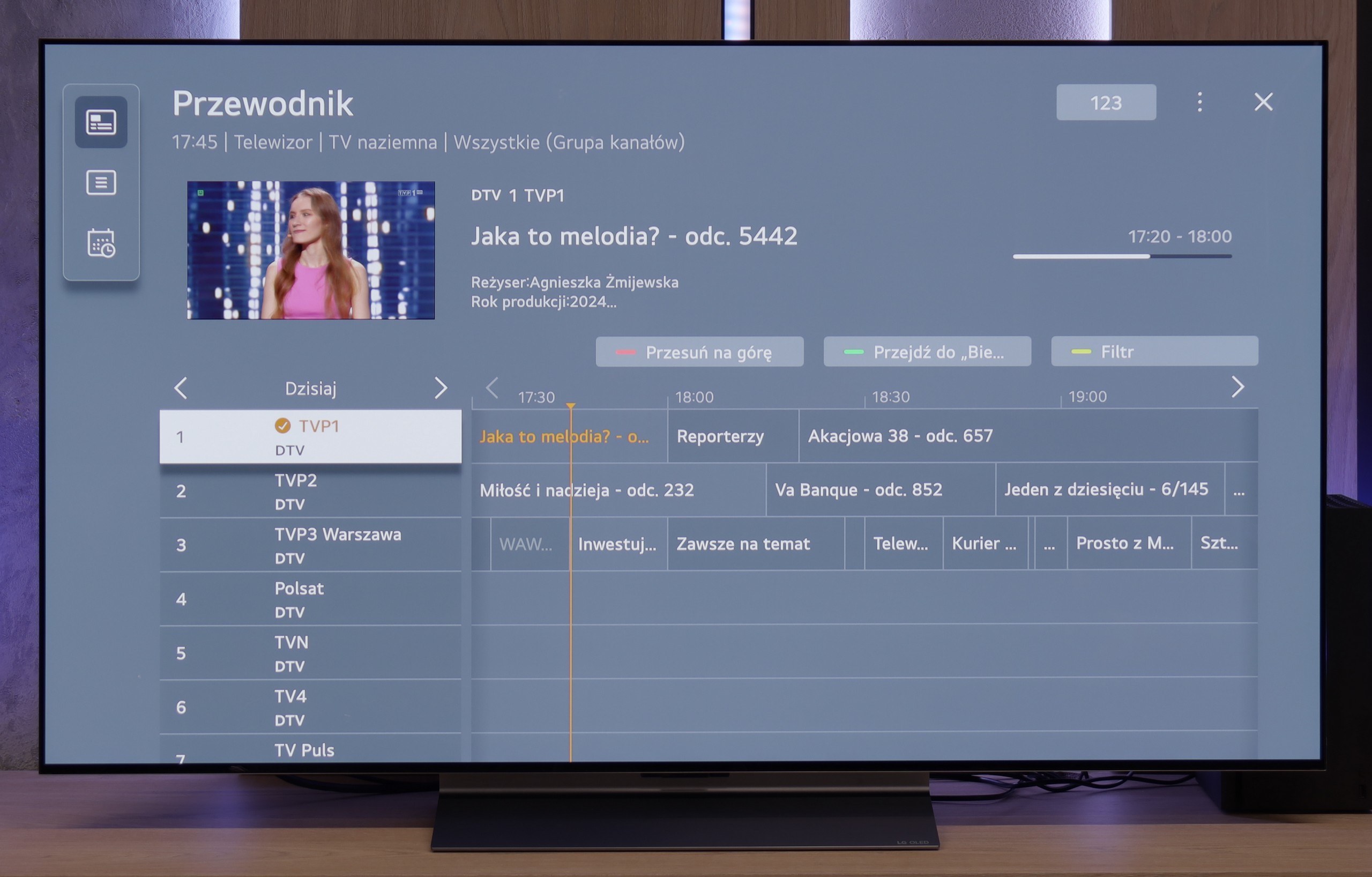
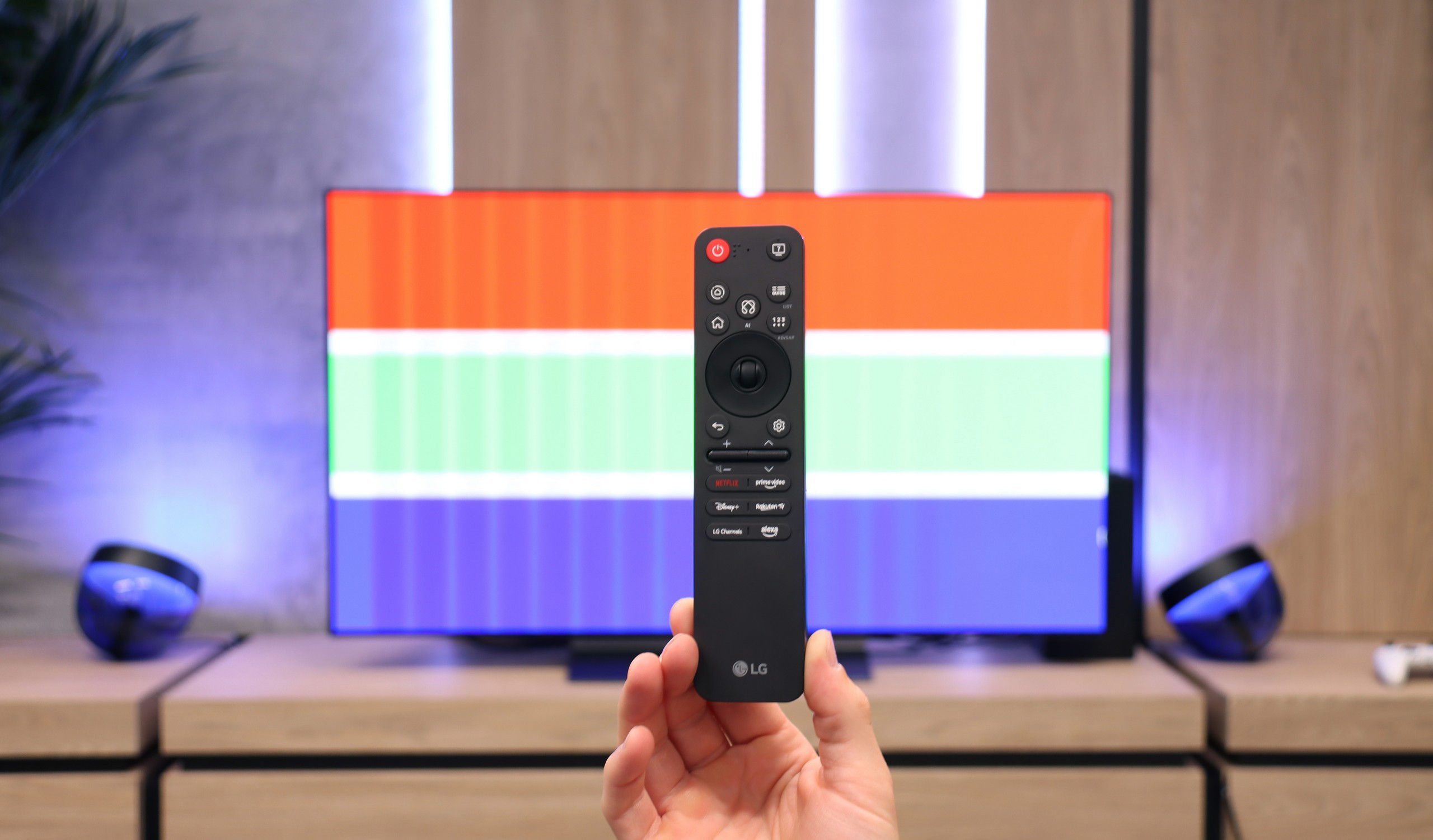
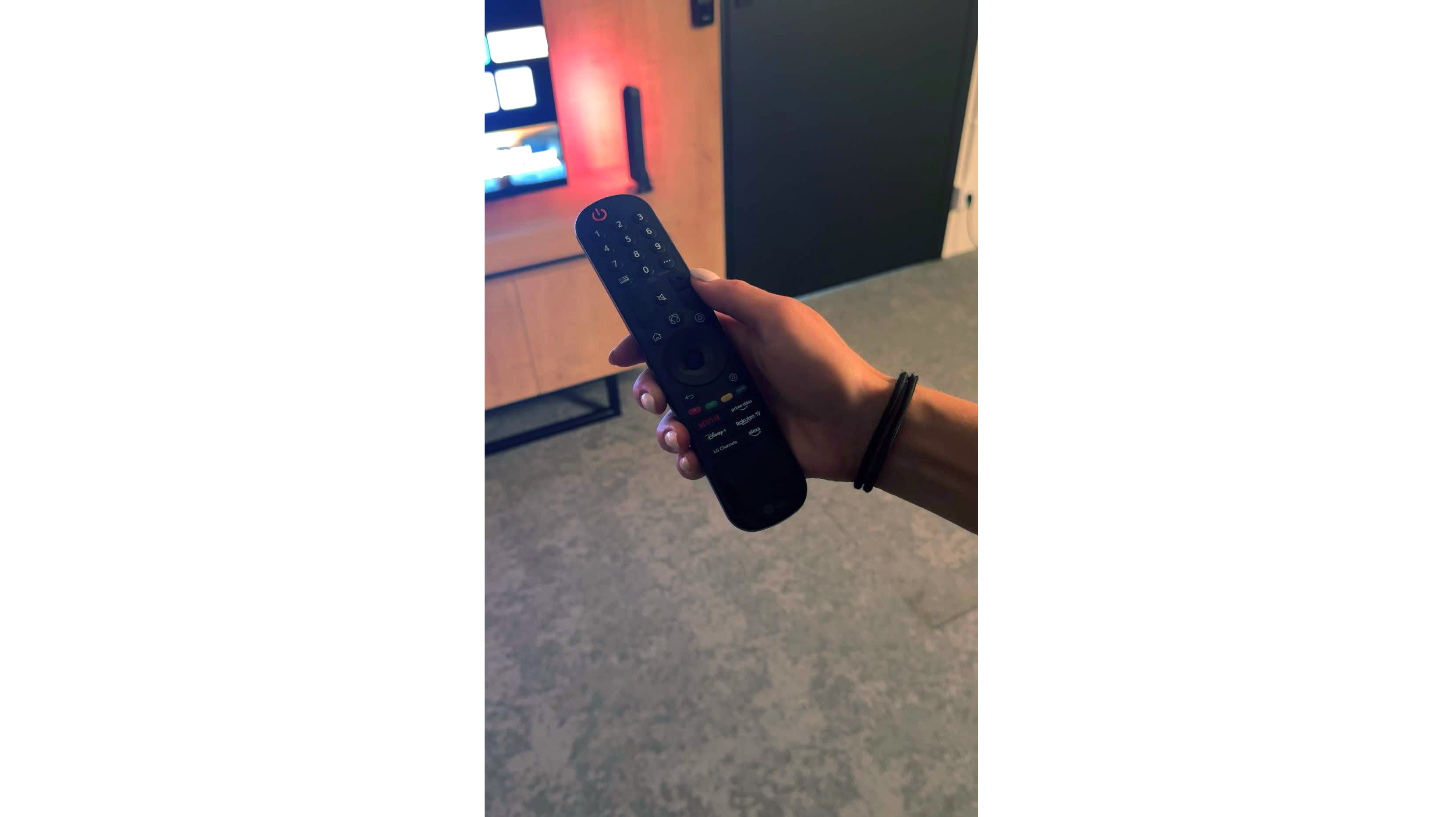
Hisense E7NQ PRO operates on the VIDAA system, which has recently made significant progress. You'll find most popular applications here, although unfortunately, some music platforms, such as Spotify and Tidal, are missing. Nevertheless, navigating the menu is quite pleasant, and the responsiveness is at a satisfactory level. Yes, there are occasionally minor 'stutters', but it's not something that will ruin our experience of everyday use.
On the plus side, we can count on support for voice search in Polish, which makes it easier to find favourite content without the tedious typing of letters one by one. The TV also offers plenty of additional options: we can record programs, use AirPlay and mirroring, and enjoy extensive wireless connectivity features (Wi-Fi and Bluetooth). It may lack a backlit remote control or Picture-in-Picture (PiP) mode, but those are relatively niche features, so not many will actually feel their absence. In everyday use, we simply have a solid base of useful tools and convenient solutions.
Classic TV Features:
In terms of classic TV functionalities, the LG C5 performs really well. Here, we have the option to record programs to USB from built-in DVB-T(2) tuners, support for teletext, an EPG channel list, and seamless pairing of headphones via Bluetooth. For many users, these are still very important elements of everyday TV use – and LG doesn’t fall short in this area, except for the PIP function. It is worth noting the topic of the remote, or rather... the different versions of the remote. In our test, we used the C54 model, which is equipped with the new version of the Magic remote. It somewhat resembles Samsung's minimalist approach – there’s no numeric keypad or "source" button, but it looks modern and is comfortable for everyday use. Conversely, other variants, such as C5ELB, may be sold with an older version of the remote – a more classic one, with more buttons and a numeric keypad. Some may consider it more practical, while others see it as outdated. In short: quite a bit of confusion, so it's worth checking the model suffix before purchase.
Smart TV:
Regardless of the version of the remote, we’re operating the same system – WebOS. This is one of the most enjoyable solutions in the Smart TV world. The intuitive menu, fast performance, and support for popular features, such as AirPlay, screen mirroring, or voice assistant, make the system perform very well in everyday use. Additionally, controlling the cursor using the gyroscope in the Magic remote remains one of the most convenient forms of navigation in TVs. There are really quite a few applications here – Netflix, Disney+, HBO Max, Apple TV, and many more. However, one must remember that this is not a system based on Android/Google TV, so it may happen that we simply cannot find some less popular app in the LG store.
Playing files from USB
5.2/10
8.8/10
Supported photo formats:
Maximum photo resolution:

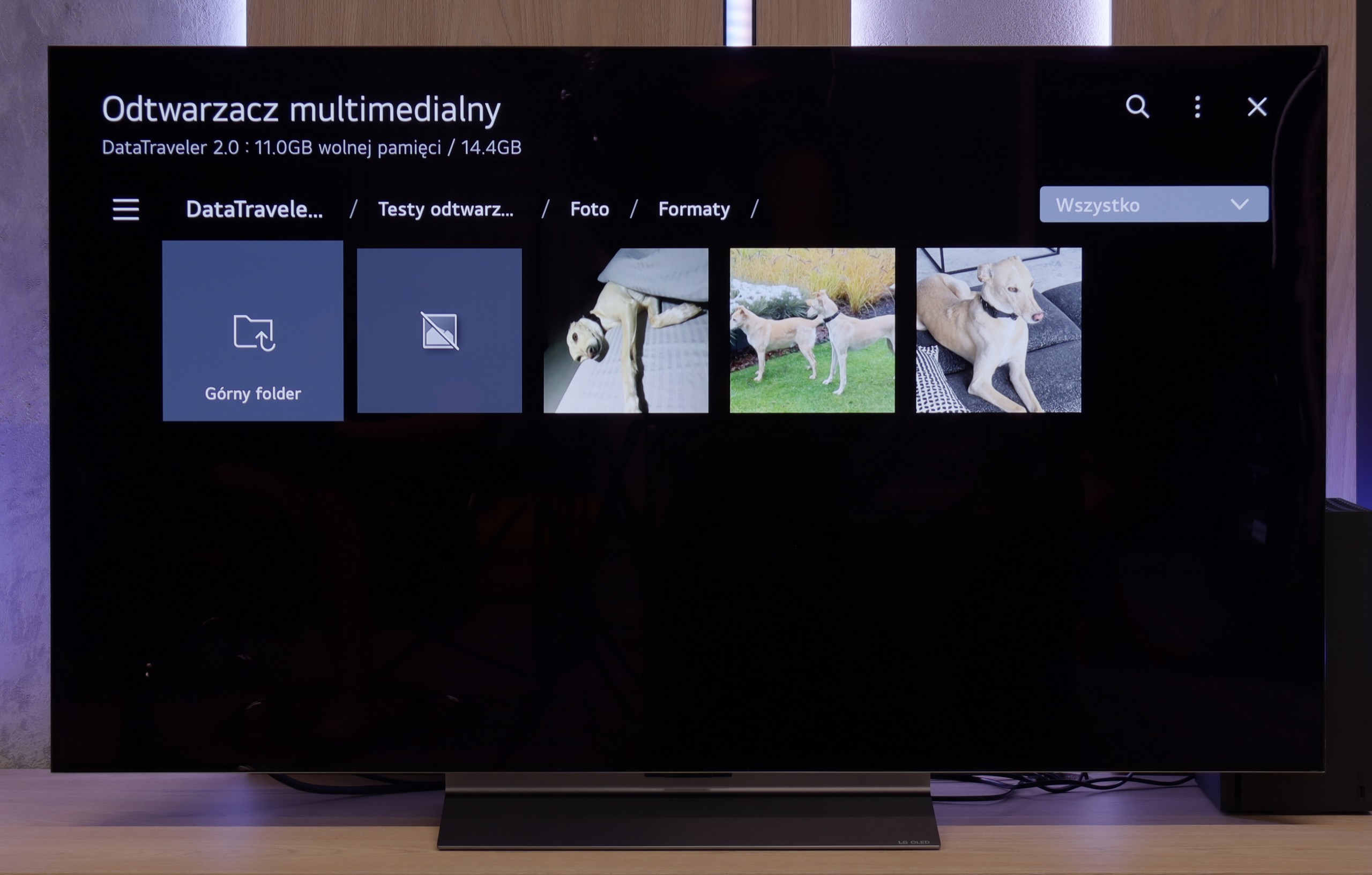
If we're counting on comfortable viewing of films with subtitles straight from a USB drive, we might unfortunately be disappointed. Just like in the previously tested A7NQ, here we encounter quite an odd situation: the TV doesn't display subtitles, even if we correctly place them on the storage device and try different formats. Paradoxically, we find options to change the colour and appearance of the font, but as they say – what's the point if we still can't see anything?
In the case of other files, such as photos or music, the E7NQ PRO manages without major issues, playing the most popular formats without a hitch. Unfortunately, for those wanting to use the TV as a multimedia player, the lack of functioning subtitles is a significant inconvenience.
The LG C5 is equipped with quite a decent built-in media player that should meet the expectations of most users. It supports popular video and audio formats, handles SRT subtitle files, and opens most graphic files without major issues.
The interface itself is fairly simple and intuitive – it doesn't surprise, but it also doesn't create difficulties in everyday use. Of course, it's not at the level of external players or apps from Google TV, but for basic playback of films from a USB drive or hard drive – it's more than sufficient.
Apps
7.7/10
9.1/10














































Sound
7/10
7.2/10
- Maximum volume--
- Dolby Digital Plus 7.1
- Dolby True HD 7.1
- Dolby Atmos in Dolby Digital Plus (JOC)
- Dolby Atmos in Dolby True HD
- DTS:X in DTS-HD MA
- DTS-HD Master Audio
When it comes to the built-in speakers, Hisense E7NQ PRO pleasantly surprised us. Of course, it's not on the level of a decent soundbar or home cinema setup, but in everyday conditions, it performs really quite well. During our tests, the dialogue remained clear, and the sound was sufficiently clean and spacious that we didn't feel the need to immediately invest in additional audio equipment.
The support for multiple audio formats is also a plus – from Dolby Atmos to the less common DTS:X. This means that if we come across suitable source materials, we can count on a more immersive, spatial experience. Although in terms of sound, it still mainly remains at the level of a decent baseline, Hisense E7NQ PRO should satisfy most users who simply want to turn on the TV and hear clear, uninterrupted audio.
For such a slim television, the LG C5 surprisingly offers quite good sound quality. The thin body manages to house a set of decent speakers that produce clear audio, with well-defined details and – surprisingly – a light but perceptible bass. For everyday viewing, that's more than sufficient, and in many cases, it may even deliver a pleasant surprise. It's just a pity that this year LG decided to completely abandon support for DTS codecs. For most people, this won't be an issue, but if someone uses Blu-ray discs and enjoys that format – especially in its more advanced versions – they may notice its absence. In such cases, an external receiver or soundbar with appropriate audio support is the solution.


